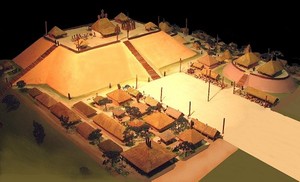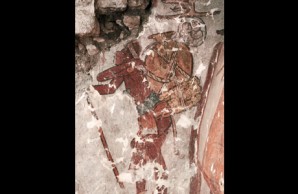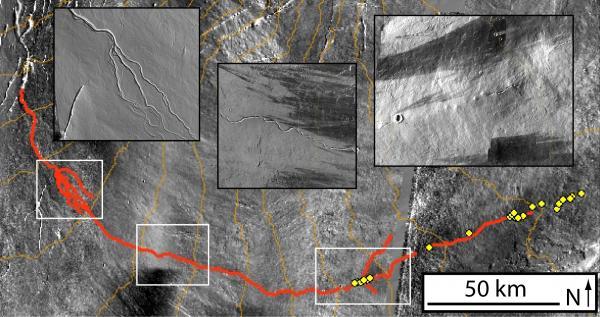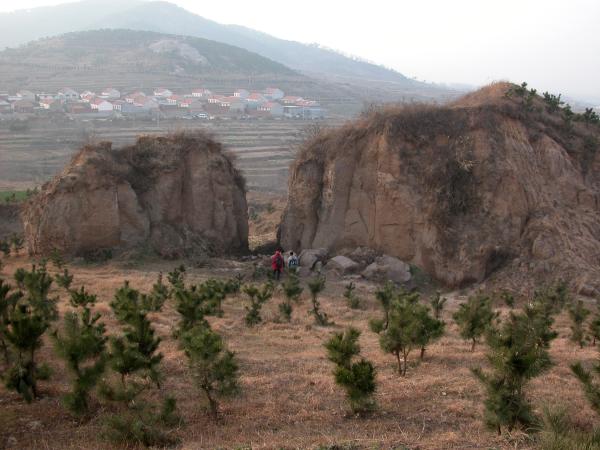
© AFP/Patrice DereMap of northern Europe showing the route of the planned Nord Stream gas pipeline.
A dozen previously unknown shipwrecks, some of them believed to be up to 1,000 years old, were discovered in the Baltic Sea during a probe of the sea bed to prepare for the installation of a large gas pipeline, the Swedish National Heritage Board said Monday.
"We have manage to identify 12 shipwrecks, and nine of them are considered to be fairly old," Peter Norman, a senior advisor with the heritage board, told AFP.
"We think many of the ships are from the 17th and 18th centuries and we think some could even be from the Middle Ages," he said, stressing that "this discovery offers enormous culture-historical value.
The shipwrecks were discovered during a probe by the Russian-led Nord Stream consortium of the sea bed route its planned gas pipeline from Russia to the European Union will take through the Baltic.
"They used sonar equipment first and discovered some unevenness along the sea bottom ... so they filmed some of the uneven areas, and we could see the wrecks," Norman explained.
The discovery was made outside Sweden's territorial waters, but within its economic zone, he said.



